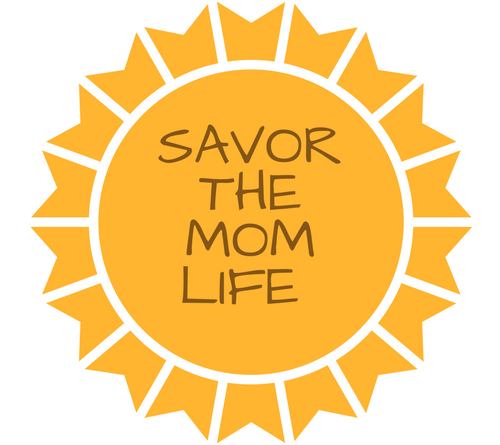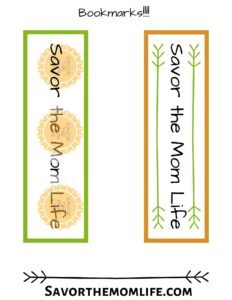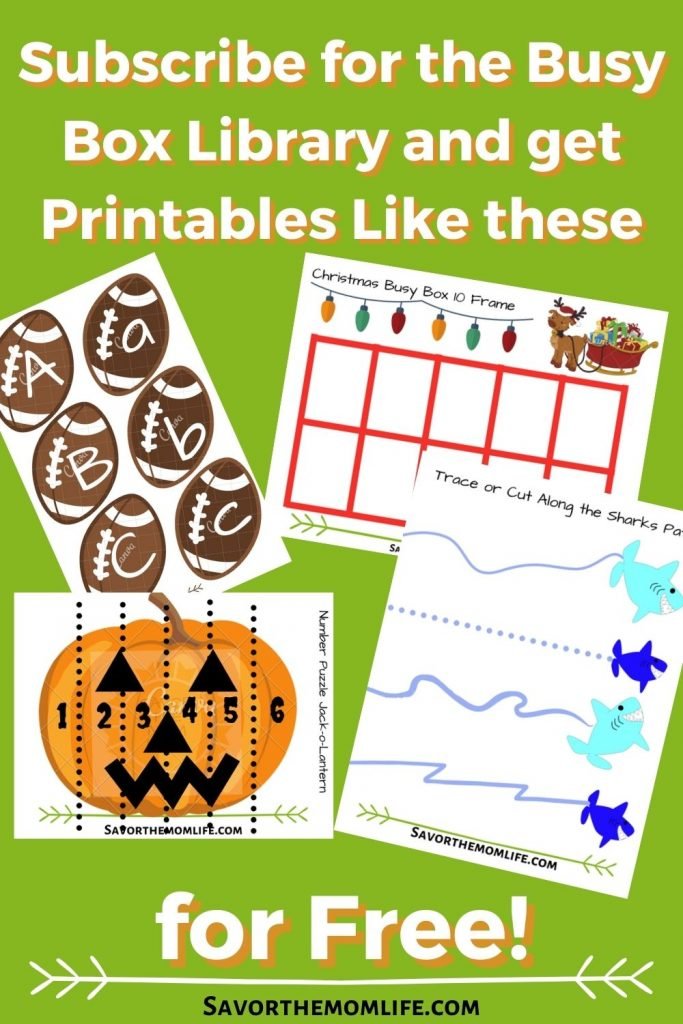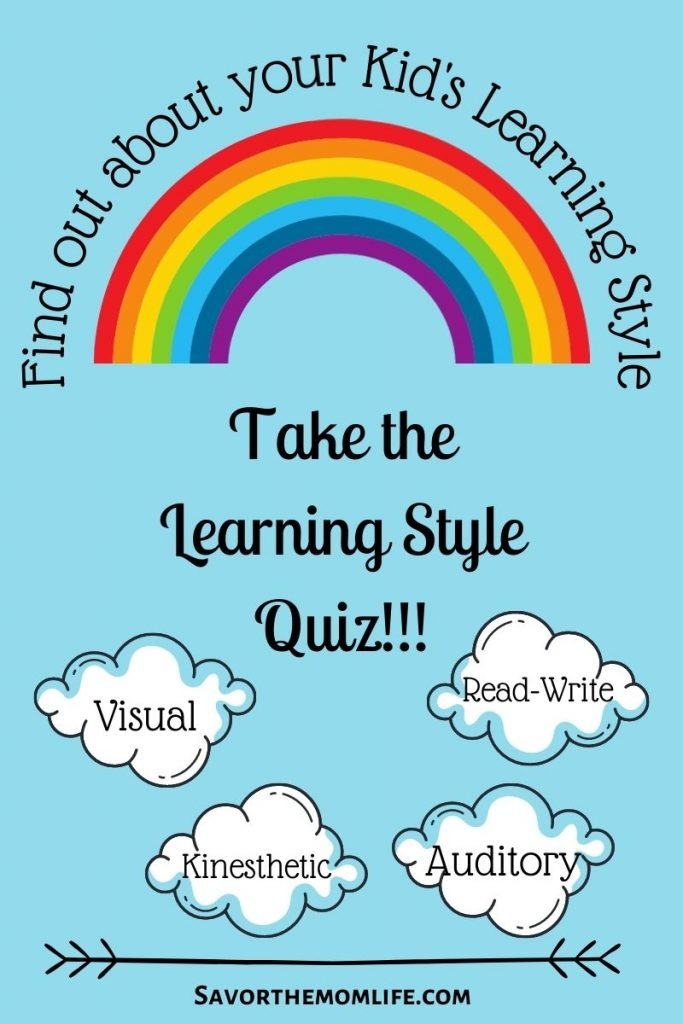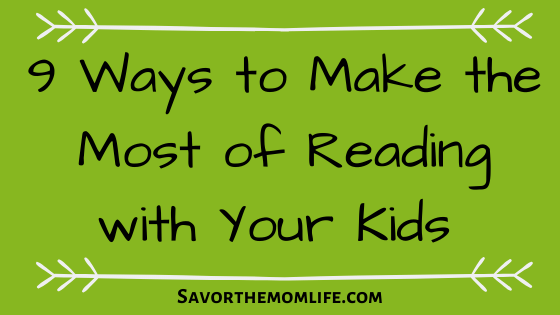
9 Ways to Make the Most of Reading with Your Kids
Parents and guardians always hear the words “just read with them”. When teachers are giving parents advice on how to help kids do better in school we always seem to hear those words or in my case, I was the one saying them. It seems so simple but maybe you need more information. 10 Ways to Make the Most of Reading with your Kids well explain why it is so important and give you the tools to make “just read with them” get your kid to the next academic level.
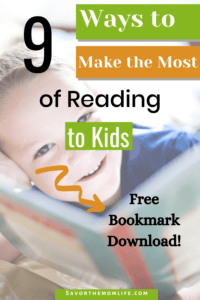
I have been or can be if you click on a link and make a purchase, compensated via a cash payment, gift, or something else of value for writing this post. Regardless, I only recommend products or services I use personally and believe will be good for my readers. Please read my full disclosure for more information.
1. Schedule Reading Time
Kids love a good routine, even if they don’t act like it. Following a schedule is wonderful for all kinds of reasons (but that’s another blog post). Making time to read with them or having them read to you is important. It shows that reading is a priority. A routine helps make reading a habit for you and your child.
In my house reading time is almost always at bedtime we start early enough so that we can have at the most -30 minutes of reading. Many nights it’s shorter but we do our best. I know this can be hard for some when you work full-time or at night, just do your best! The best part about reading is you can get creative. Read in the morning, read while you cook dinner, read at a sibling’s soccer practice, or you can even do audiobooks in the car. (Check out Amazon’s Extensive Audible Program).
2. Start Young and Read Picture Books
The longer you work on a habit or skill the stronger it will be. I read to my kids at bedtime ever since they could sit up. Picture books are amazing for grabbing the attention of young children. They also help young learners comprehend or understand what is being read to them. As you read point to the corresponding picture. This will really help your kiddo make connections to the words you are reading to them. This takes me right to number three- Make Connections.
3. Make Connections
Reading things is just easier when we connect to what we are reading in some way. Every person- adult or child compares themselves and their experiences. We do it without even thinking but it helps us understand, comprehend, and relate to the world around us.
When I read to my kiddos I always try to make connections. My youngest is learning letters. When we read ABC books we connect each letter to the name of a person we know. D for Daddy, H for Harry, etc. My oldest gets to listen to a chapter of Harry Potter each night. He has a great vocabulary but sometimes needs help with understanding why certain things happen. Especially some of the older kid conflicts and emotions that take place in bigger books. I try to make a connection with what’s happening in the story to something his 7-year-old self has experienced. Making those connections when reading can be as simple as matching letters or as complex as understanding human emotion but they are very important for a full reading experience.
Some Quick Ideas For Making Connections
- Characters ( connect to people, animals, etc.)
- Things (connect to possessions, animals, times, etc.)
- Settings (connect to rooms, places, buildings, etc.)
- feelings and emotions (connect with the 5 senses, and relate to different emotions)
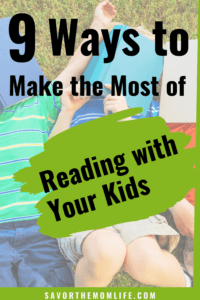
4. Ask Questions
Asking questions can help a reader make those connections questions. It can help readers get a deeper meaning from what they are reading. Asking a kid questions can help you as a parent; to know if they are listening, if they are understanding, and if they’re making connections.
I am sure you are familiar with the question words but just in case, here are some examples:
- Who- Who is the main character?
- What- What is the main character feeling?
- Where- Where is the story happening?
- When- When will the story end?
- Why- Why did the character make that choice?
- How- How did the character solve his/her problem?
5. Parts of the Book
When you go to the bookstore or library to browse for a new book, what grabs your attention first? The cover or even just the spine of the book (the only part that sticks out from the shelf). Those parts of a book are the first that interest us to read that book.
The title and table of contents are other parts of the book that lead us deeper into interest. Even the back cover of books usually have a quick synopsis of what?s inside. Teaching your kids all the parts of a book is teaching them how to pick the one that most interests them.
They can also use the parts of the book to help them with understanding and making predictions. When finishing a new chapter, the titles of the next one can help a reader make a new prediction. As I have previously mentioned- pictures are one of the easiest parts of a book to use for understanding and predicting.
6. Model How
Show them how to use the parts of the book. When reading to an attentive kid they will learn how you read the title, how to turn the pages and even how to track the words you are reading. Pointing to the pictures reminds them to use the pictures to help with understanding. When you ask questions that models how to think deeper about what they are reading
Older more advanced readers need to be shown how and when to stop reading in a chapter book. And they get to learn how to use a bookmark! (Make Book Mark Page)
Kids are the ultimate copiers. They will do what you do. If you make time for reading on your own they will see! They will learn its importance.
7. Chose Interesting Books
If you have no interest in building motorcycles you wouldn?t want to read a book about that topic. We have to think the same way for our kids. Reading is easier when its something we like! Yes, we have many things in life that we HAVE to read- boring or uninteresting but it should not be like this for kids! They need fun, exciting, interesting, and eye-catching reading materials.
Use the parts of the book and your child?s interests to pick books they will be excited and happy to read.
My oldest loves Non-Fiction or Informational Text. He is like a sponge for information. My youngest went through a stage where she would only read books if they had the color pink on the cover. Interests will change based on age, fads, and friends. When you make reading a habit early you can put your influence into their interests. We are a heavy Fantasy/ SIFI family- Harry Potter, Star Wars, etc. My kids eat it up and we enjoy it too!
Check out this link from Scholastic- Expert-Approved Books for Beginning Readers!!
Also, most Busy Box and holiday activity posts of mine include awesome book ideas! Check some of them out here!!
https://savorthemomlife.com/valentines-day-books-for-kids/
https://savorthemomlife.com/25-storybooks-of-christmas/
8. Make Predictions
Before, During, and After reading are all great times to make some predictions about what you are reading. This goes hand and hand with asking questions. The question here is ?What do you think will happen next?? Making Predictions helps with understanding and connecting to the story.
Making a prediction before reading can get readers excited to see what will happen in the story. Use pictures, the title, the front cover, and the back cover to help when making predictions before reading.
Making predictions during reading can help readers check for understanding. This is proved when they can recall facts they have already read and they are ready to compare them with what they think will come.
Making predictions after reading shows that the reader understood what they read. Thinking about what may come next by remembering what they have read also helps them connect to the story.
Use pictures, titles, headings, text, and personal experience when modeling how to make a prediction.
9. Memorization
Some of the skills needed for reading are all about memorization. Learning letters, letter sounds, and sight words are all basic skills but they become instinctual to a reader. We use these skills without even thinking about it. To a seasoned reader looking at a page of words and knowing those basics is like breathing. Reading starts with memorizing the basics and moves to some of the other crazy rules in the English language, like verb conjugation and tenses. Crazy stuff you can recognize and know without even thinking about it.
Memorization- that comes from practice. Listening to a seasoned reader or being listened to and corrected by one is how we can help polish those skills through memorization. Some of these skills can be boosted with phonics and spelling lessons but all I want you to focus on here is modeling those things by reading!
Memorization is also one of the first ways new readers can build confidence. How many of you have read a book to your child so many times they can recite the words on their own? It?s very cool and the first step in reading and learning confidence.
I truly hope you gained some ideas to use the next time you are “just reading” with your kiddo. It’s not too hard to add more!
- Schedule Reading Time
- Start Young and Use Picture Books
- Make Connections
- Ask Questions
- Use the Parts of the Book
- Model How
- Choose Interesting Books
- Make Predictions
- Memorization
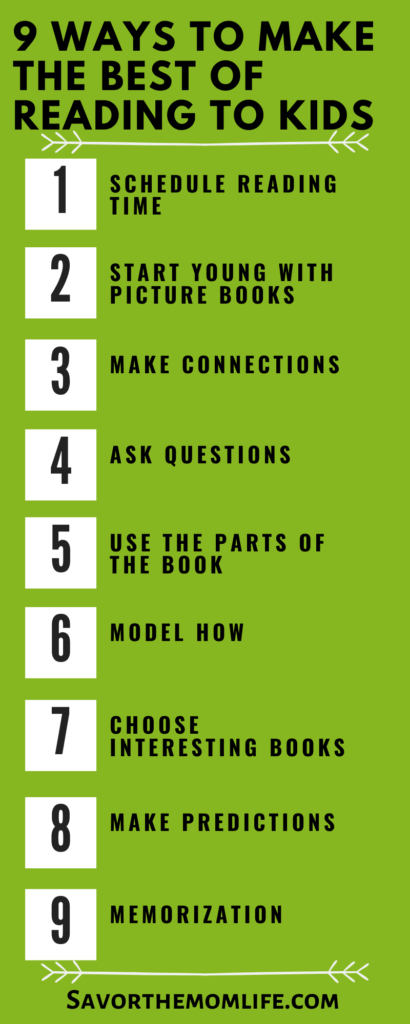
Don’t forget to download your free bookmark and check out the “just read” tools I found on Amazon!
You May Also Like
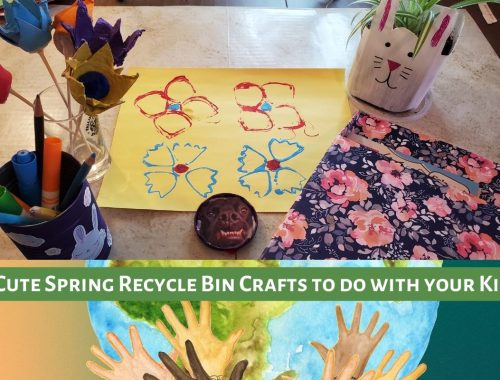
6 Cute Spring Recycle Bin Crafts to do with your Kids
March 20, 2023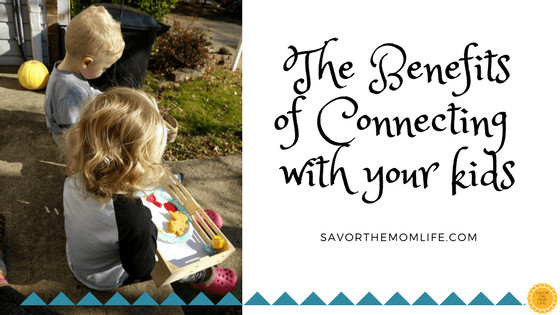
The Benefits of Connecting with Your Kids
May 1, 2018
